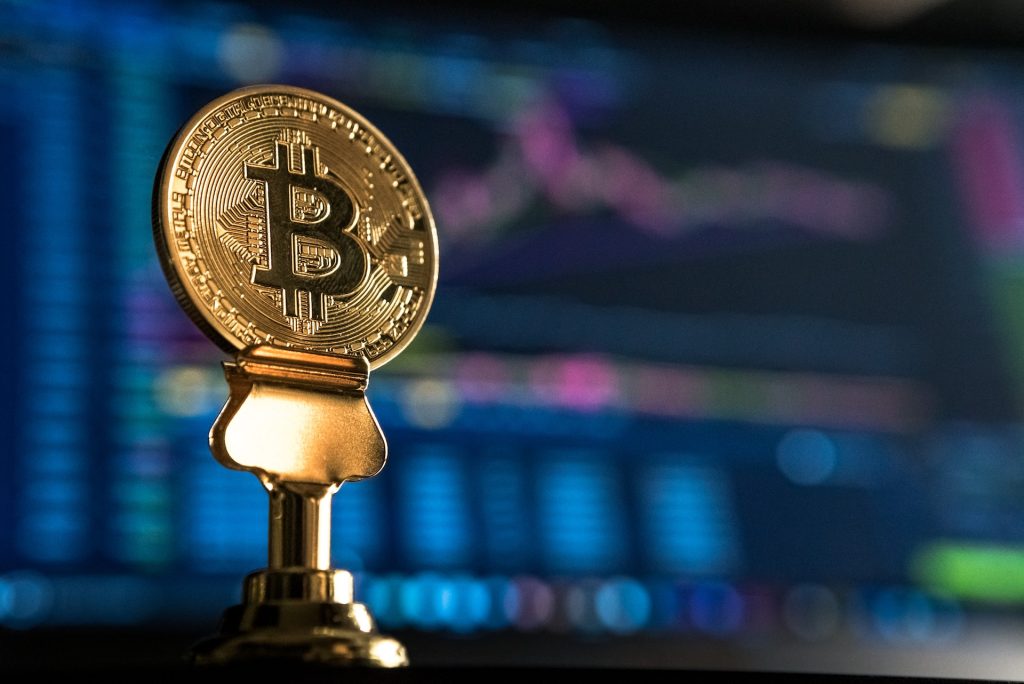Cryptocurrency mining has revolutionized the financial industry and presented new opportunities for individuals to participate in the digital economy.
Mining is a process where computational power is used to solve complex mathematical problems, facilitating transactions on the blockchain and earning rewards in the process.
Understanding Cryptocurrency Mining
Cryptocurrency mining involves two fundamental aspects: validating transactions to maintain the security and integrity of the blockchain, and releasing new digital coins into circulation.
Every cryptocurrency transaction is bundled with others into ‘blocks’. Miners use their computational resources to validate these blocks by solving complex mathematical problems, a process known as Proof-of-Work (PoW). Once a problem is solved, the block is added to the blockchain, a public ledger containing all transactions from the inception of that cryptocurrency. The miner who solves the problem first gets rewarded with new coins and transaction fees.
Cryptocurrency Mining Equipment
There are three common types of hardware used in mining: CPUs, GPUs, and ASICs.
CPU (Central Processing Unit) Mining: This was the first method used for mining. However, CPUs are not as fast or efficient as other types of hardware, making them a less popular choice today.
GPU (Graphics Processing Unit) Mining: GPUs are more powerful and faster than CPUs. They are commonly used to mine cryptocurrencies like Ethereum and Litecoin.
ASIC (Application-Specific Integrated Circuit) Mining: ASICs are custom-built for mining specific cryptocurrencies and are highly efficient. Bitcoin mining, for instance, is largely done with ASICs.
The choice of hardware depends on your budget, electricity costs, and the type of cryptocurrency you aim to mine.
Software for Cryptocurrency Mining
Mining software is the tool that connects your hardware to the blockchain network and enables the actual mining process. Some popular mining programs include CGMiner, BFGMiner, and EasyMiner. It’s crucial to choose a software that is compatible with your hardware and the cryptocurrency you intend to mine.
Choosing the Right Cryptocurrency
Not all cryptocurrencies are equally profitable to mine. When choosing which cryptocurrency to mine, consider the following factors:
Difficulty: The more miners there are on a network, the higher the difficulty of mining. Higher difficulty means you may need more advanced hardware to compete.
Market Value: The price of the cryptocurrency in the market influences the profitability of mining it.
Block Reward: This is the number of new coins you can earn from successfully mining a block.
Bitcoin, the first and most well-known cryptocurrency, is the most difficult to mine due to the high number of miners. Other mineable cryptocurrencies include Ethereum, Litecoin, and Monero.
Setting up a Mining Rig
A mining rig refers to a computer system used for mining cryptocurrencies. Depending on your budget and the cryptocurrency you choose to mine, a rig can range from a single computer with one or two graphics cards to a large-scale data center.
For GPU mining, it’s common to build a rig from scratch, picking components that will maximize performance and efficiency. This includes multiple high-performance GPUs, a suitable motherboard that can support these GPUs, sufficient cooling (as mining generates a lot of heat), and a power supply that can provide enough power to the system.
ASIC miners, on the other hand, are standalone units that come with a built-in power supply and cooling system.
Joining a Mining Pool
A mining pool is a group of miners who combine their computational resources to mine cryptocurrencies more efficiently. When a member of the pool solves a block, the reward is shared among all members proportional to the computational power they contributed.
Joining a mining pool can make mining more feasible for individuals, as it reduces the impact of mining difficulty and increases the regularity of earnings. However, pool fees can eat into your profits, so it’s important to consider these costs.
Running Your Mining Operation
Once your rig is set up and your software is installed, you can start mining. Keep an eye on your rig’s performance, temperature, and any errors that may arise. Make sure your mining rig is in a well-ventilated area to prevent overheating.
Keep track of your electricity usage, as mining can consume significant amounts of power. The cost of electricity in your area will significantly impact the profitability of your mining operation.
Cryptocurrency mining can be a rewarding but challenging venture. It requires technical knowledge, upfront capital, and consideration of ongoing costs. However, with careful planning, the right hardware and software, and a thoughtful choice of cryptocurrency, it can offer a unique entry into the evolving digital economy.
Always remember to stay updated with the latest cryptocurrency trends, as the mining landscape can change rapidly with new technological advancements and shifts in market conditions.







